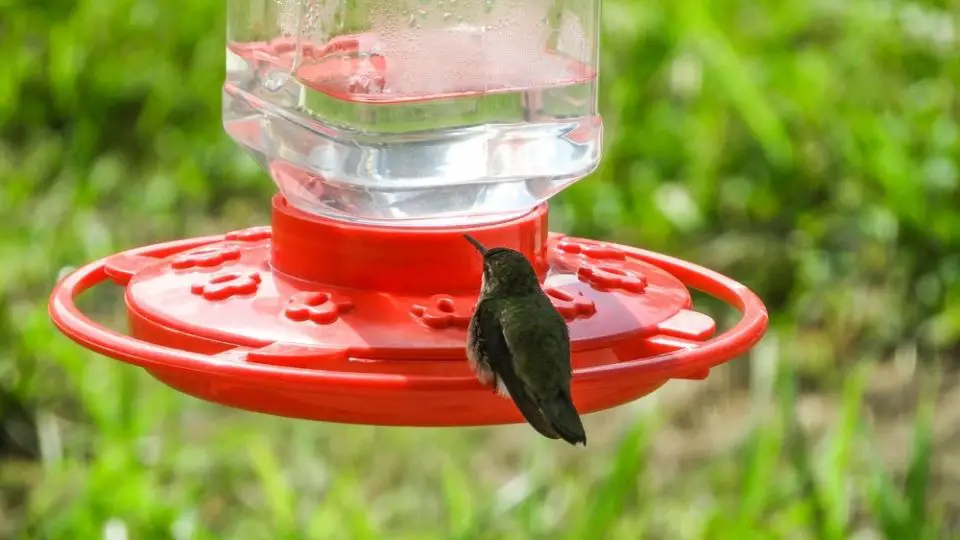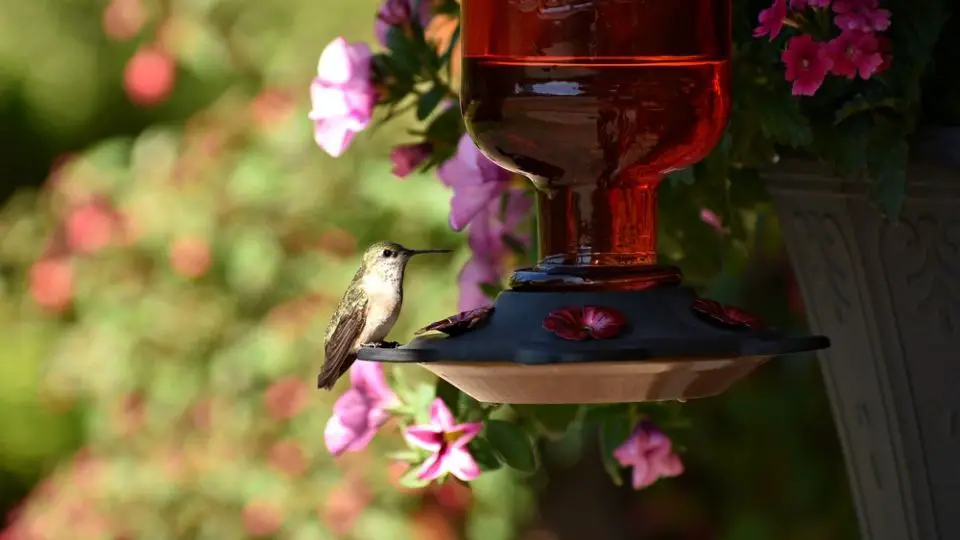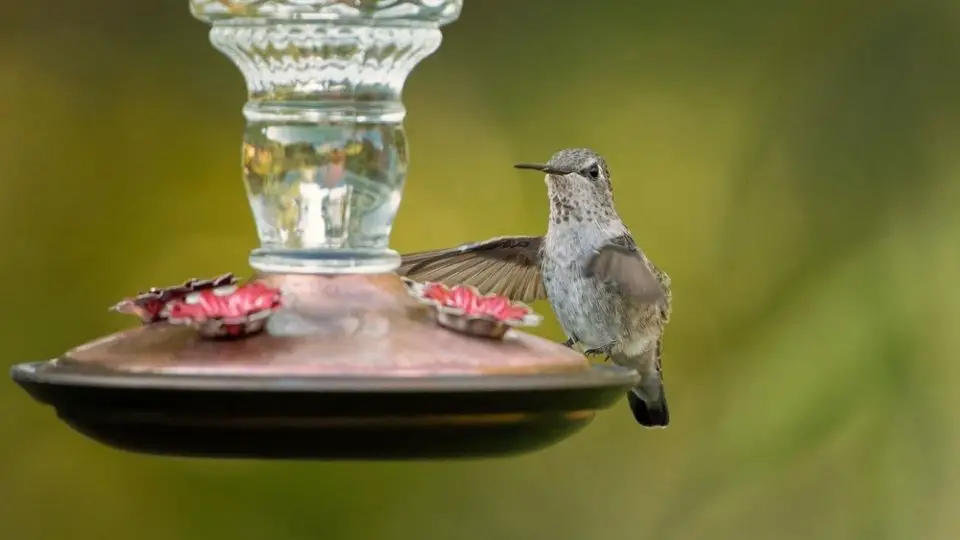Yes, hummingbird nectar can get too hot. This is because contaminated feeders can lead to severe illness and cause them to be more vulnerable to predators. Also, hummingbirds tend to appreciate cool nectar over hot nectar during the warmer because it keeps their body temperature stable.
Table of Contents
Five Things to Watch Out For In the Summer Months
During the summer, there are certain things you will need to watch out for if you want to provide quality hummingbird nectar to the various hummingbird species that will most likely pay you a visit. They include the following:
Shade for your Feeders
During the summer months, keep your
How to Store Your Nectar
When it’s hot, you have to ensure that you store any extra hummingbird food in the refrigerator. This will allow you to provide a cool food source each time you refill the feeder. If the nectar gets too much exposure to high temperatures before the hummingbirds can consume it, it will spoil and they won’t eat it.
Do You Have a Glass Humming Bird Feeder?
A glass
Do You Have Ice Cubes
One of the better ways to cool down your
Insulation is Essential
Some birders don’t understand just how vital insulation is to hummingbird feeders. You can keep your

Why it is important for you to keep your hummingbird feeders cool during hot weather
As mentioned earlier, it is crucial to keep your hummingbird feeders cool if you want to prevent the occurrence of mold and bacteria in the sugar water or nectar that may be left inside. You also must remember that sugar water can ferment in the summer, leading to severe illness in any hummingbirds that drink it.
Hummingbirds also have no sense of smell. They cannot tell whether the sugar water has gone bad. This means you have to ensure the sugar water is safe for them to drink by keeping it cool and fresh.
In addition, as a general rule of thumb, hummingbird nectar should not be exposed to direct sunlight or temperatures exceeding 90 degrees Fahrenheit for long periods. This is because doing so can lead to poor quality or compromised nectar. In case your feeder is exposed to hot temperatures, you should also ensure you clean and refill it to stop bacterial growth, another critical element.
Possible Diseases Caused by Unkempt or Dirty Hummingbird Feeders
A
- Candidiasis
- A fungal infection of the tongue.
- Avian Poxvirus
- A viral infection that occurs on the beak.
- Makes eating impossible and eventually leading to starvation.
- Aspergillosis
- This is a fungal infection that leads to gastrointestinal distress.
- Salmonellosis
- This is a bacterial infection that causes issues such as:
- Tiredness
- Gastrointestinal distress
- Ruffled feathers
- Death
To decrease the likely occurrence of these diseases developing in the summer months among your hummingbird visitors, you should consider reducing the amount of sugar you put in the hummingbirds’ water. For instance, instead of mixing 1 part sugar with 4 parts water as you would most likely do in cooler weather, you can try mixing 1 part sugar and 5 parts water. It’s also essential to clean your

Cleaning Your Hummingbird Feeder
Cleaning your
Some Hummingbird Feeder Alternatives during Hot Weather
One of the best alternatives to a nectar feeder for hummers in the summer months is to have a garden filled with hummingbird-friendly flowering plants. You should also remember that these birds like beautifully colored, tubular flowers like petunias, foxgloves, and bee balms before you embark on sort of planting. In addition, the main idea should be to ensure that whatever plants you decide to grow are in fact native to your area because they are the best option for your local hummingbirds.

